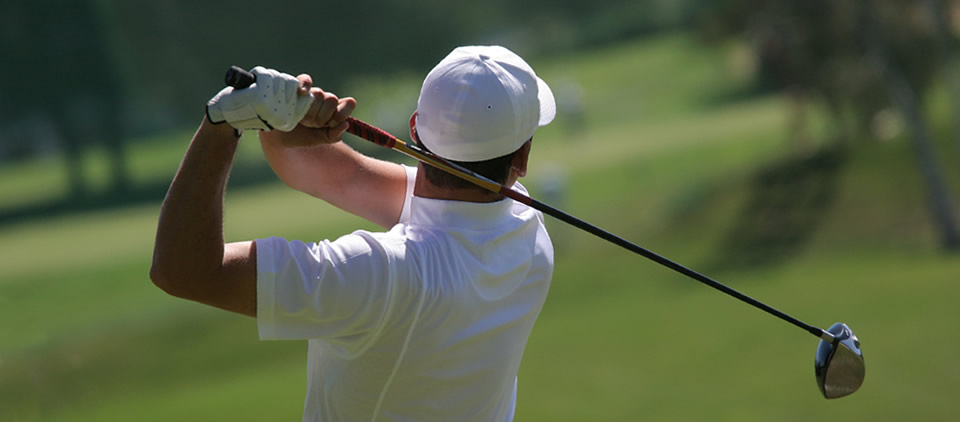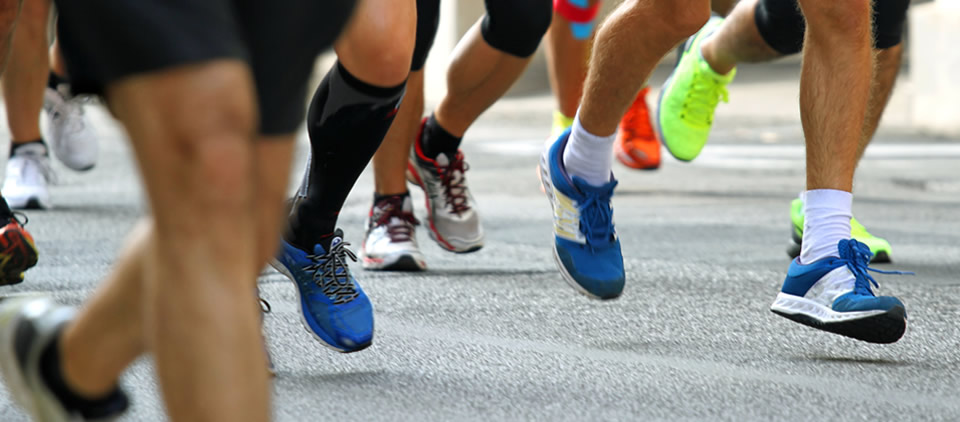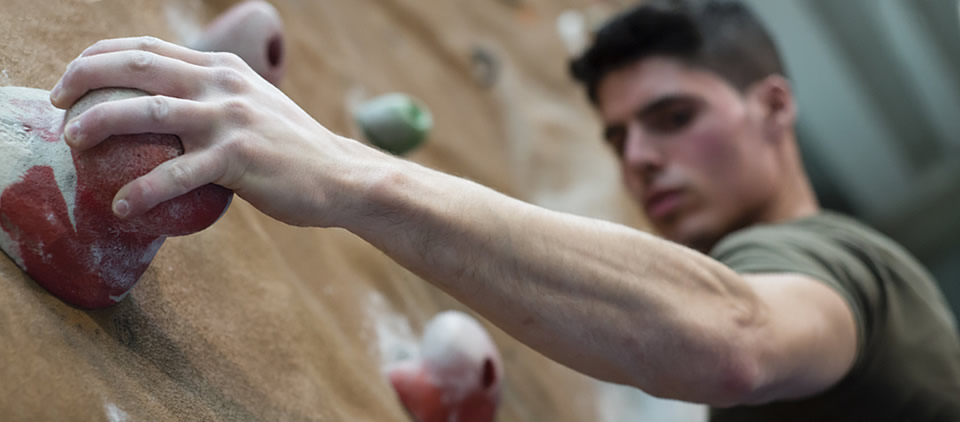Lateral Elbow Tendinopathy
Previously known as lateral epicondylitis or 'tennis elbow', this relatively common condition has been renamed due to further research into the underlying tissue abnormality. Histological studies (tissue samples examined microscopically) have demonstrated evidence that the underlying process in the tendon is a degenerative vascular process (angiofibroblastic) similar to that which occurs in other tendinopathies around the body. The primary tendon affected in the extensor carpi radials brevis (ECRB). There may be secondary involvement of the extensor digitorum communist (EDC).
Signs and symptoms
Lateral elbow tendinopathy normally presents with pain on the outer aspect of the arm a few cm above the elbow joint. The pain may be exacerbated by lifting objects. Specifically resisted extension of the wrist and resisted extension of the middle finger will re-produce the pain.
Diagnosis
The diagnosis of lateral elbow tendinopathy is often made after a clinical history and examination.
Radiographs are normally taken to look for any bony spurs which can be a sign of chronic tendinopathy. The radiograph also identifies any co-existent elbow osteoarthritis and excludes fractures.
Ultrasound is a very useful diagnostic test for lateral elbow tendinopathy and can also be combined with a treatment (see below).
Treatment
90% of cases of lateral elbow tendinopathy should improve with non-surgical treatment.
The first line treatment for lateral elbow tendinopathy is adjustment of any precipitating activities which may be work or sport related.
Physiotherapy has been shown to be of benefit.
Eccentric braces may be used to offload the extensor carpi radials braves tendon.
Ultrasound guided barbottage of the ECRB involves under local anaesthetic stimulating vascular inflow with needle puncture of the degenerate ECRB tendon.
Ultrasound guided steroid injections have been shown to provide relief for up to one year.
Ultrasound guided platelet-rich plasma injections have gained in popularity and use for lateral elbow tendinopathy.
Other treatments include shock wave therapy and acupuncture.
In the 10% of cases which do not respond surgery may be considered.


